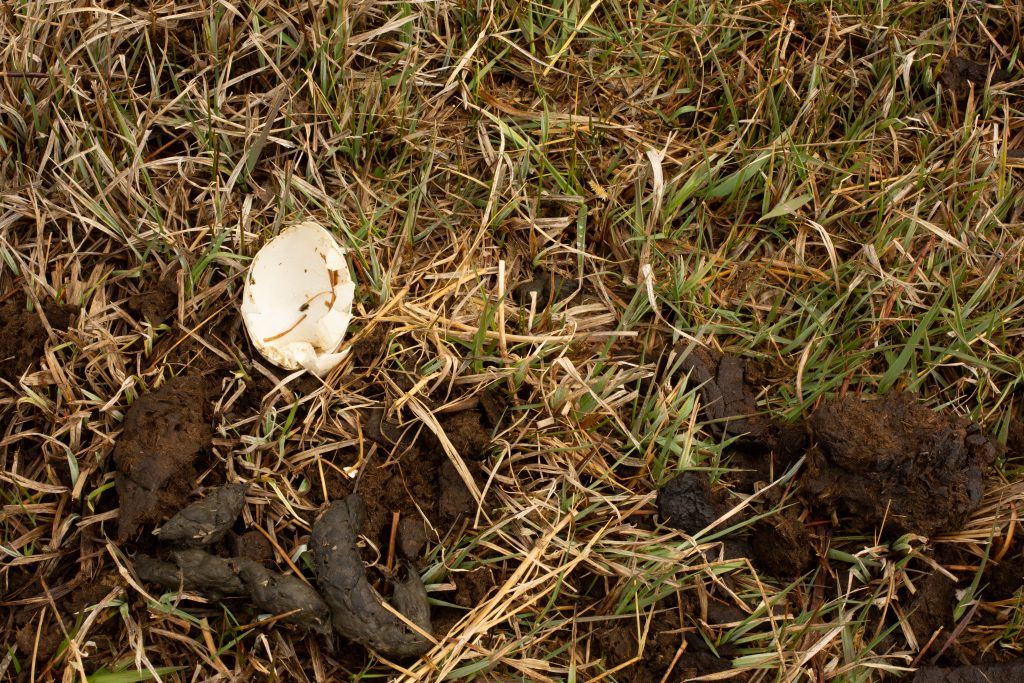Truths about Turkeys, Predators and Trapping
Let’s state one truth from the start: you should take up trapping.
Regulated trapping is a sustainable way to harvest fur and enjoy a renewable natural resource. It will improve your outdoor skillset, and it’s also a centuries-old tradition, with a rich folklore that heavily influenced North America’s outdoor culture. When done within the constraints of local laws and ethical codes endorsed by groups like the National Trappers Association, there is nothing wrong with recreational trapping. Try it.
The next truth is a bitter one: predators kill wild turkeys. This reality stings but is unavoidable. It can be sobering to realize natural predators take more than hunters do, but a look at the numbers drives this truth home. Each year, nearly three-quarters of nests fail, mostly from predation. Eight of 10 poults, on average, are quickly killed. Adult turkeys fare a bit better, but all turkeys, big or small, face tough odds. Almost none peacefully die of old age.
Given the personal rewards of trapping and turkey populations plagued by predation, it’s reasonable to assume trapping provides a perfect path to more gobblers. Unfortunately, this conclusion isn’t so simple. Few topics generate more scrutiny in wildlife research than predator-prey relations, and this vast scientific canon tells an exceedingly complex story. A reduction in predators doesn’t automatically mean there will be an increase in the desired prey species (turkeys). There are instances when this may be the case, but positive outcomes only prove true under specific conditions.
The nuance tends to put people into one of two camps: those who see trapping as an absolute essential, or those who regard it as an ineffective waste.
As with most things, the truth probably lies somewhere in between. The straightforward logic of predator control falters as you dive deeper into the predator-prey dynamic. Although many predators impact turkeys, none focus on them exclusively. In fact, many turkey predators hunt other turkey predators. Coyotes and foxes both prey on turkeys, yet coyotes also relentlessly persecute foxes. Large birds of prey, like great horned owls, can be deadly to turkeys but they also kill smaller predators such as nest-robbing snakes.
This vastly interconnected web means reductions in one predator may unintentionally allow another to grow, meaning prey species like wild turkeys aren’t guaranteed an overall predation reduction. Further, the frequency with which predation occurs isn’t necessarily a direct consequence of predator numbers.
Anyone who has hunted turkeys knows the birds can be frustratingly good at hiding. This is also true for their response to natural predators. Quality nesting and brooding cover, when abundant, keeps hens and poults hidden and ensures they avoid detection. Open timber stands allow turkeys to use their keen eyesight to spot danger before it becomes life-threatening.

Promoting these kinds of features through active habitat management decreases predation by helping the turkey’s side of the predator-prey equation. Failing to do so returns the advantage to predators. The upshot of improved habitat is a reduction in predation even if overall predator numbers remain unchanged. In most cases, quality habitat is the only ingredient necessary to produce abundant wild turkeys.
Research does suggest directly reducing predators via rigorous trapping can sometimes translate into gains for gamebirds. However, these studies all share common conclusions.
First, predator removal has no chance of being successful when habitat is lacking. All habitat limitations must be systematically addressed before trapping should ever be considered as a legitimate management tool.
Second, trapping’s benefits are short-lived unless it is a long-term endeavor; new predators constantly move in to take the place of those removed. Most importantly for managers, gains from trapping come at a heavy cost and are not assured. Without the time or means to implement an intensive trapping program across large acreages, your efforts likely won’t translate into noticeable changes in the number of birds you encounter each spring.
So, if you choose to engage in recreational trapping, enjoy it for what it is. But be mindful that when it comes to predators, creating and maintaining the habitats that give turkeys an edge should always be your primary focus. It’s the most efficient and effective way to ensure more of the thunderous birds we all love.
Adam B. Butler, Adam.Butler@wfp.ms.gov, is a Certified Wildlife Biologist who serves as the Wild Turkey Program coordinator for the Mississippi Department of Wildlife, Fisheries and Parks.
